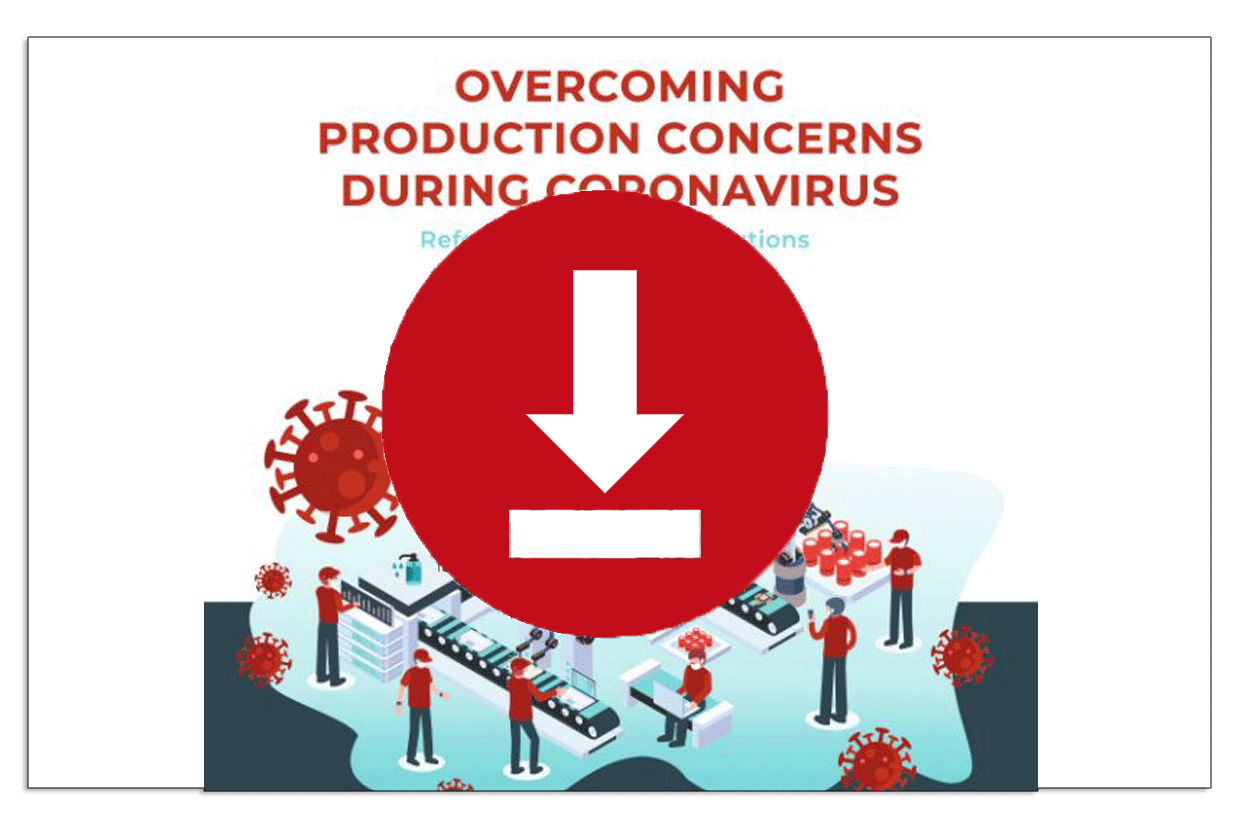During the coronavirus pandemic, manufacturers have the added challenge of ensuring the safety of their employees while operating with minimal disruptions to meet the dynamic demand from the marketplace. How to ensure that the most valuable resource, human resource is available while protecting their well-being? The key is to manage employees’ exposure to the coronavirus by using a workforce management system.
Limiting Exposure Means Managing Access
Maintaining a safe work environment involves lowering the risk of exposure and contamination. The key to both is to limit contact. Limiting contact means limiting employee’s interactions with one another. It also means managing employee’s access to specific areas of their work environment. Using a workforce management system (WMS) along with a manufacturing execution system (MES), employee’s status and access can be tracked and managed.
In the WMS, the skills status functionality can be used to show the employee’s availability based on technical skills classification and/or health status. Production planning modules in the MES system can use this status to allocate available resources to specific areas of the plant. When one employee contracts the virus, the WMS maintains a history of the employee’s movement, limiting the area of exposure to one part of the facility’s floor. In the event of a quarantine, production may be able to continue without further disruption to the entire facility. The risk of cross-contamination can be significantly lowered.

Optimal Scheduling is the Key to Limiting Contact
While limiting access is essential, limiting contact with other employees is also crucial. Social distancing rules put in place by the government mandates the required distance between employees. Not every manufacturing facility is large enough to accommodate the regulated distance between employees. Optimizing schedules and work zones to ensure social distancing rules are maintained is essential.
MES simulated planning scenarios allow managers to optimize resources for ongoing changes in production. Often, when resource schedules are adjusted, workflows will also need to be adjusted. Due to social distancing rules, employees who typically were working side by side on individual tasks may need to be separated. Each employee must take over another’s responsibilities, depending on the employee’s skill set. Using simulated planning scenarios, managers can understand the employee resource changes, workflow changes, and capacity changes. They can shift employee’s workflow tasks to account for their skillsets. MES capacity planning allows managers to integrate changes in the production calendar to account for these types of resource shifts.
Dynamic Resource Demands Impact Real-Time Scheduling
When a change is needed in production planning, the MES automatic scheduler simulates the optimal plan based on targeted goals. As demand changes, targeted production goals will change. By adjusting targeted goals in real-time, manufacturing facilities can maintain optimal efficiency. Even during periods of unusual marketplace demands, as many medical equipment manufacturers have experienced during this pandemic, a safe work environment can be maintained to ensure employee’s availability.

Objective International has a MES/WMS that provides the tools and the strategies needed for manufacturers to navigate during the coronavirus pandemic with the agility that’s demanded by this uncertain marketplace environment. For more information, check our consolidated strategies to overcome production concerns. To keep your facilities operating at optimal capacity, contact us to schedule a demo.



